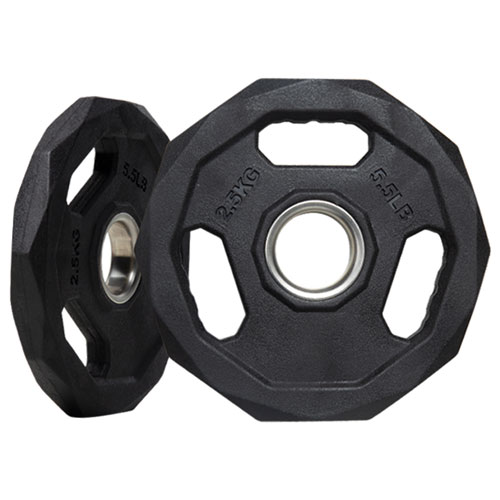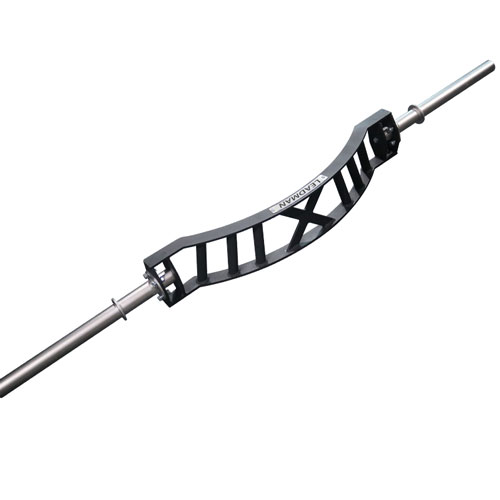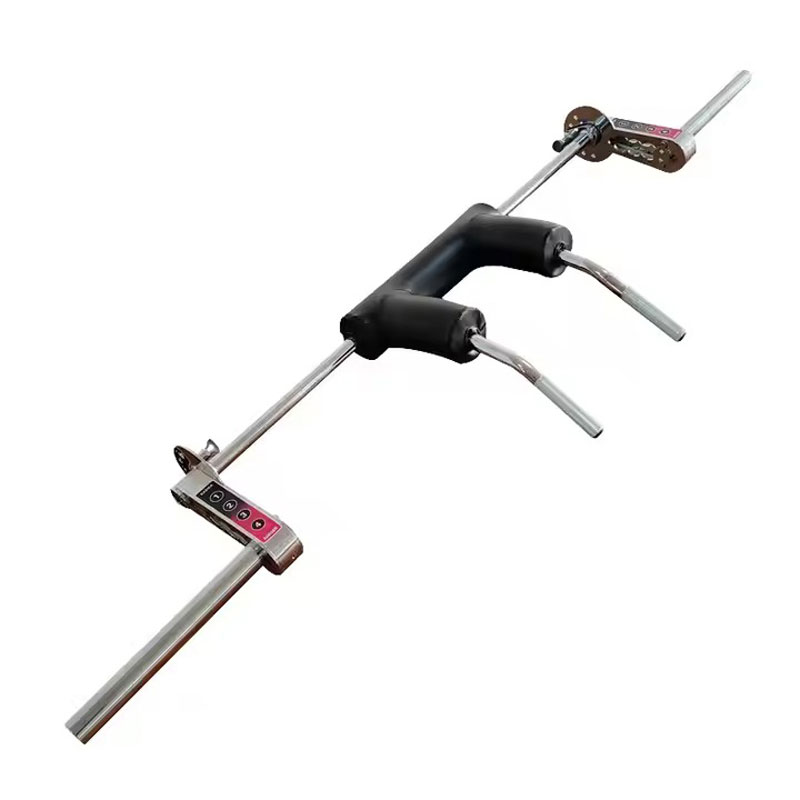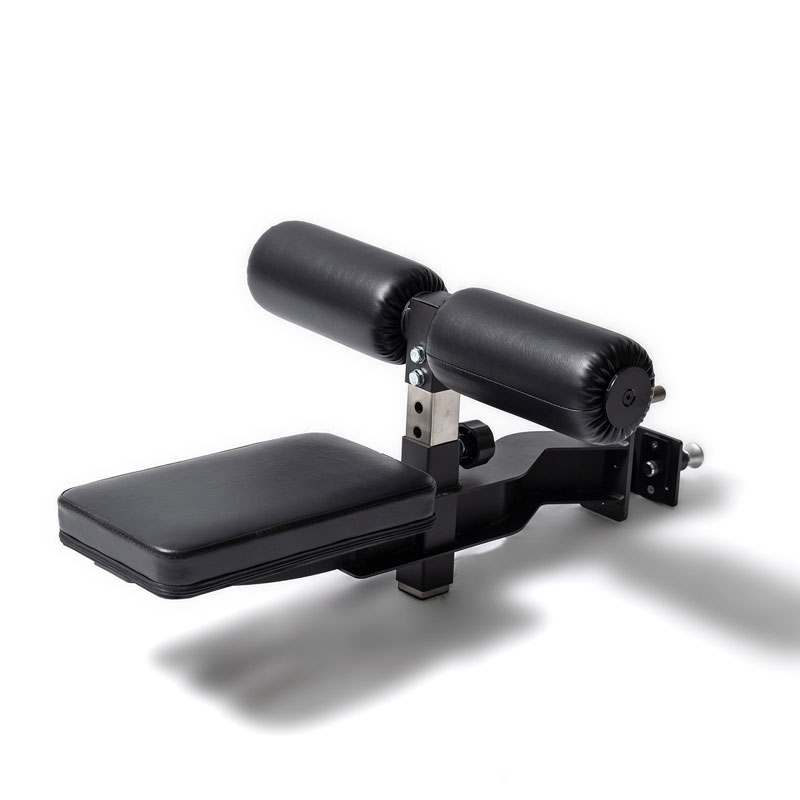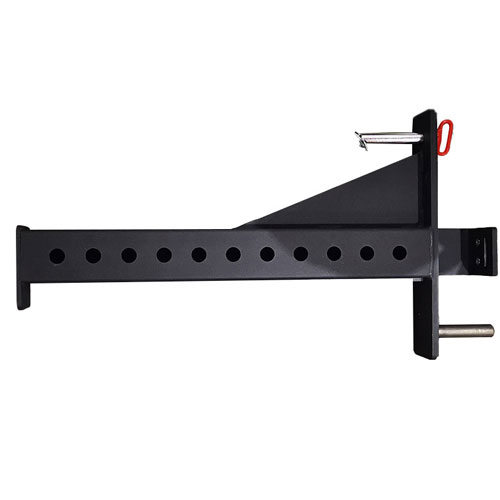Why Do Barbells Have No Sound in the Sleeve During Use? Discover the Silent Technology Behind It
As a fitness enthusiast who regularly incorporates barbell exercises into my routine, I've often pondered why there's no sound coming from the sleeve of the barbell during use. It's a curious phenomenon that many gym-goers have noticed but rarely questioned. After some exploration and research, I uncovered the fascinating technology behind this silence.
Barbells are designed with a hollow sleeve where weight plates are loaded. This sleeve rotates independently of the barbell shaft, allowing smooth movement during exercises like squats, deadlifts, and bench presses. But what prevents this rotating motion from generating noise?
The secret lies in the innovative design of the barbell's sleeve bearings. Traditional barbells typically utilize high-quality needle bearings or bushings made of materials like bronze or polymer. These bearings are precisely engineered to reduce friction and wear, ensuring a seamless rotation of the sleeve without generating any audible sound.
Additionally, modern barbells often incorporate advanced lubrication techniques to further minimize friction and noise. Silicone-based lubricants are commonly used to coat the bearings, providing a smooth surface for rotation while dampening any potential vibrations or rattling.
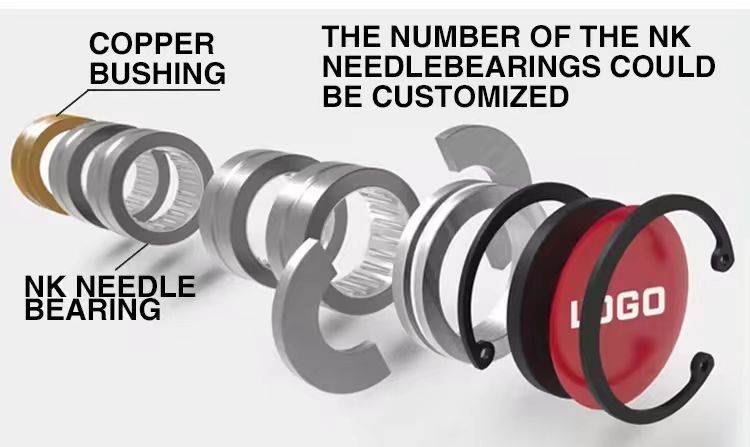
Furthermore, the manufacturing process plays a crucial role in maintaining the silent operation of the barbell sleeve. Precision machining and assembly techniques ensure that the bearings are installed with minimal tolerance, eliminating any unnecessary movement that could lead to noise generation.
In summary, the absence of sound in the sleeve of a barbell during use is the result of meticulous engineering and design. Through the use of high-quality bearings, advanced lubrication methods, and precise manufacturing processes, barbell manufacturers have achieved a silent and smooth rotation that enhances the user experience during workouts.

